The following address was delivered by Captain Ralph T. Derbidge MBE RAN (Retired) at the Melbourne Shrine of Remembrance to mark Vietnam Veterans Day on 18 August 2010. It describes the commitment of RAN fleet and air units to that War and the variety of essential tasks and services they provided in support of both the ground and air war.

Captain Derbidge concluded his 36 years of service in 1990 as the Director of Facilities Planning-Navy. A specialist Gunnery Officer he served in that capacity in five RAN and RN ships. He had intervening tours as a Staff Officer to the Australian Naval Attache in Washington, as Deputy Director of Surface and Air Weapons and with the Joint Intelligence Organisation. He commanded HMA Ships Stuart, Canberra and Success and the RAN Apprentice Training Establishment, HMAS Nirimba.
Vietnam – tropical, alluring, fun-filled, breathtakingly beautiful, gastronomically exciting and friendly – today, a magnetic attraction for numerous tourists, businessmen and capital investors, many of them Australians, including Vietnam War veterans. Ask my wife about Vietnam. She welcomed me home from the war 39 years ago, but in recent times she enjoyed greatly with friends a group bicycle tour from Ho Chi Minh City to Hanoi. I didn’t go – I get sunburnt!
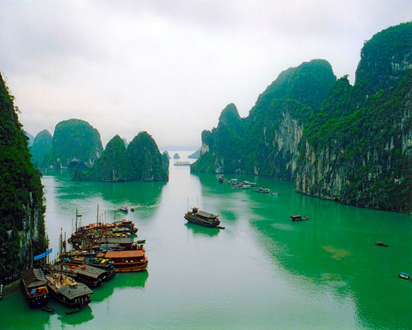
But it was not always like that.
Vietnam, some 7,500 kilometres to our north west as the crow flies from Melbourne, and three hours behind Australia’s Eastern Standard Time, lies between the Tropic of Cancer and the Equator. It is bordered to the west by Cambodia and Laos, and to the north by China. The northern part of the long eastern shoreline sits within the Gulf of Tonkin while to the south the coastline is washed by the South China Sea. The shorter western shore faces the Gulf of Thailand.
The scope of my primary interest covers the period from 1956 to 1975 when the country was divided at the 17th parallel of latitude by the Demiltarised Zone (or ‘DMZ’) into the Democratic Republic of Vietnam or North Vietnam and the Republic of Vietnam, albeit South Vietnam. To understand the Vietnam War, and the Royal Australian Navy’s involvement in that war, it is necessary to have some knowledge of the relatively modern history of Indo-China and Vietnam.
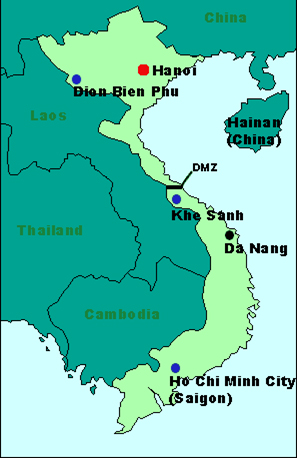
Indo-China had been a sphere of French protectorates and colonisation since the 1850’s but the French influence was interrupted by World War 2 and supplanted by Japanese occupation. The French returned in 1945 to face much turmoil and unrest as the countries of the region sought self-determination as the sun was setting on British and European empires. It is not in my brief to dwell at length on the complex issues and proceedings that spawned communist parties and governments in the region and to the north in China and Korea, as Cold War tensions mounted. It is sufficient for me to note that the Viet Minh forces of northern Vietnam, under the command of General Vo Nguyen Giap, comprehensively defeated the French at Dien Bien Phu some 320 kilometres from Hanoi in May 1954 to end the First Indo-China War.
The armistice and Geneva Conference that followed, and the division of the country at the DMZ, set the scene for future hostilities in the guise of the Vietnam War. At the time of the French defeat, I was a 14 year old Cadet Midshipman in my first year at the Royal Australian Naval College, then located at Crib Point on Mornington Peninsula.
The Vietnam War officially was a Cold War military conflict that occurred in Vietnam, Laos and Cambodia from 1 November 1955 to 30 April 1975 when Saigon fell. This war followed upon the First Indo-China War and was fought between the communist North Vietnam, supported by its communist allies, and the government of South Vietnam, supported by the United State and other anti-communist nations, including Australia and New Zealand.
The Viet Cong, a lightly-armed South Vietnamese communist-controlled common front, largely fought a guerilla war against anti-communist forces in the region. The North Vietnamese Army engaged in a more conventional war, at times committing large units into battle. US and South Vietnamese forces relied principally on air superiority and overwhelming firepower to conduct search-and-destroy operations involving mainly ground forces, artillery and airstrikes.
The United States entered the war to prevent a communist take-over of South Vietnam as part of their wider strategy of containment. Military advisers arrived, beginning in 1950. US involvement increased in the early 1960’s, with US troop levels tripling in 1961 and tripling again in 1962 when Australian military advisers were first sent to the country. US and Australian combat units were deployed, beginning in 1965. Operations spanned borders, with Laos and Cambodia being heavily bombed. Involvement peaked in 1968 at the time of the Tet Offensive. After this, US and Australian ground forces were progressively withdrawn as part of a policy called Vietnamisation. Despite the Paris Peace Accords, signed by all parties in January 1973, fighting continued in the South. The capture of Saigon by the North Vietnamese army in April 1975 marked the end of the Vietnam War. North and South Vietnam were reunified the following year.
It can be argued that the first peripheral involvement by the RAN in the Vietnam War occurred between 1956 and 1963 when six Australian naval vessels in successive pairs visited the Republic of Vietnam, beginning with HMA Ships ANZAC and TOBRUK, followed by VAMPIRE and QUICKMATCH and, lastly, QUEENBOROUGH and QUIBERON. Former Saigon, now Ho Chi Minh City, was primarily the focal point for this ‘showing of the flag’ as it is colloquially known, but demonstrating at the time, in concert with the United States of America, support for the internally and externally hard-pressed South Vietnam regime of the aloof President Diem and his domineering sister-in-law, Madam Nhu.
Politically and militarily, in and around the Capital, in the Highlands and the Mekong Delta, and in the Central Lowlands, the South was opposed by the increasingly worrying Viet Cong, supported by surrogate North Vietnam, and home grown military and religious dissidents. Who can forget the images of self-immolating Buddhist monks.
I first visited South Vietnam in 1963 as the Gunnery Officer of HMAS QUIBERON, then exercising this form of ‘gunboat diplomacy’. It was two years after the Bay of Pigs and Cuba, when the Cold War perhaps was at its most threatening. Memories of the Malayan Emergency and the Korean War were still vivid, confrontation with Indonesia over newly formed Malaysia was under way and the ‘Domino Effect’ of successively falling democratic governments in Asia and South East Asia was the all pervading fear of the free world lead by the United States of America. Australian membership of the Southeast Asia Treaty Organisation, or SEATO, and the Australia New Zealand and United States, or ANZUS, Treaty both had implications and obligations for our nation. A vigorous stand would soon be taken by the United States and some of her allies in South Vietnam.
But back in 1963, I recall a good will port call at Nha Trang, the riviera of Indo-China, and a flurry of official social and ceremonial activity in once Saigon. All seemed relatively calm and business-like in the South’s capital, but there were disconcerting signs for the keen eyed visitor that not all was well – such as the transit of the scenic Saigon River with overhead escorting aircraft, the requirement to travel in armed convoys up-country and the militarisation of, and midnight curfew in, the city. I was 23 at the time and unaware that I would return to this troubled land eight years hence in far less pacific circumstances as the Gunnery Officer of HMAS BRISBANE. Within three years, the Diem regime had been toppled from within and Australia would soon find itself engaged in active hostilities alongside the United States.
As mentioned earlier, Australian Army advisers were sent to South Vietnam as early as 1962 and an RAAF transport flight, No 35 Squadron, was established at Vung Tau in Phuoc Tuy Province in 1964.
But it was not until 1965 that the RAN was in the front line, so to speak, when the former aircraft carrier HMAS SYDNEY, as a fast troop transport, made the first of her 22 trips to South Vietnam to off-load initially an Australian infantry battalion and supporting infrastructure at Vung Tau. Australian military assistance to the Republic of Vietnam was substantially increased from mid-1966 and it is fitting that I pay tribute to the important logistic role played by the RAN in delivering and returning Australian troops, equipment, ammunition and supplies to and from the war until December 1972.
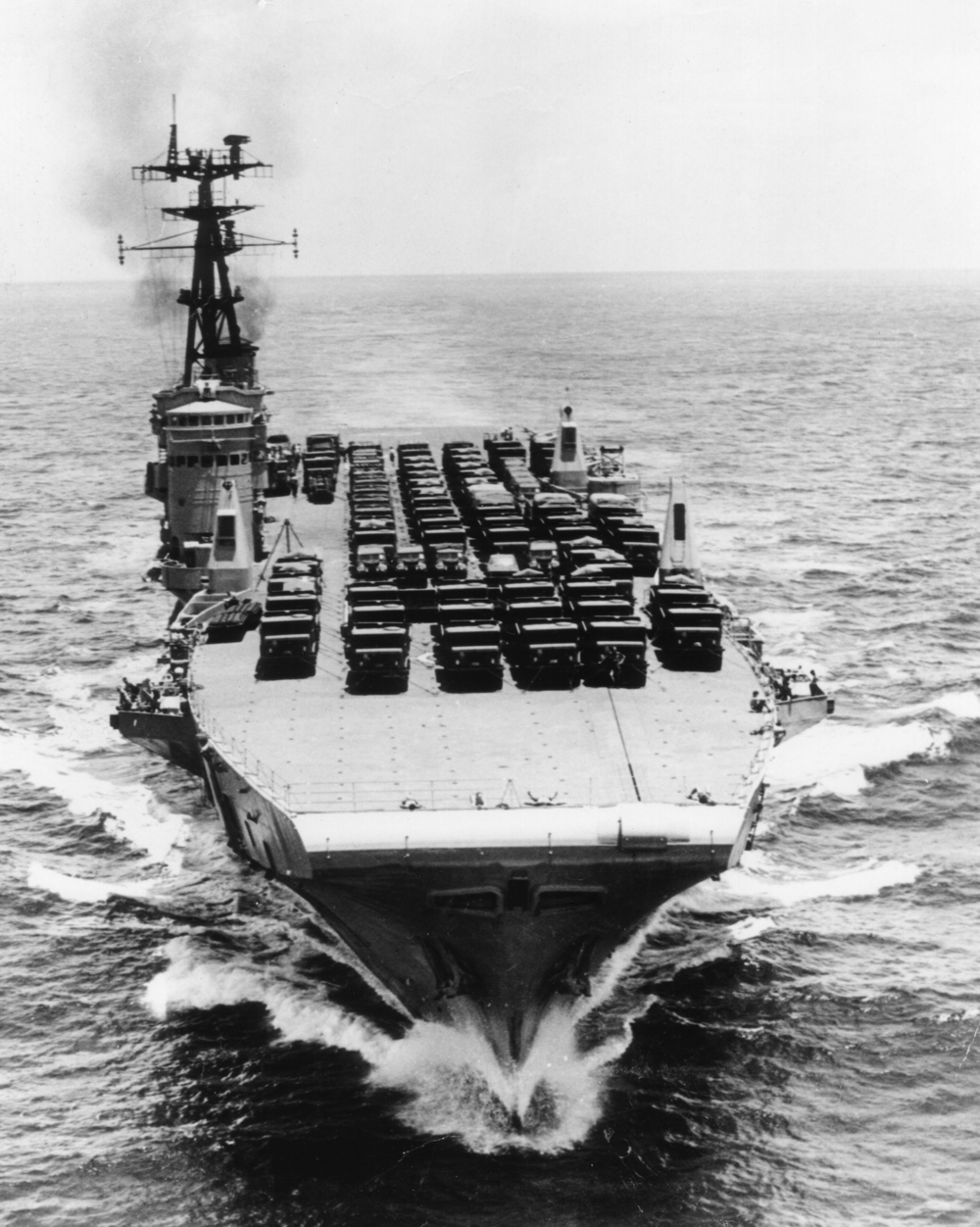
From June 1966, HMAS SYDNEY was supported in this role by the Australian National Line coastal cargo ship MV JEPARIT, commissioned into the RAN in 1969, and by another ANL vessel, MV BOONAROO, being the first ship commissioned under the new RAN White Ensign in March 1967 for her second voyage to Vietnam. Escorts for this seaborne logistic lift effort to and from Vietnam over the course of the war were HMA Ships ANZAC, DERWENT, DUCHESS, MELBOURNE, PARRAMATTA, STUART, SWAN, TORRENS, VAMPIRE, VENDETTA and YARRA.
Although the logistic ships and escorts had been ferrying Australian troops and supplies to Vietnam from May 1965, the RAN did not enter the war in a combat role until February 1967 when a six man clearance diving team arrived in country to carry out harbour defence, salvage, explosive ordnance disposal and a variety of special operations. This unit, Clearance Diving Team 3, was formed specially for service in Vietnam and eight contingents of the team were to be deployed in-country until May 1971.
In March 1967, the new US built guided missile destroyer or DDG, HMAS HOBART, was deployed for service in Vietnamese waters to join the US Seventh Fleet in operations entailing coastal surveillance and interdiction, shore bombardment of North Vietnamese military targets and similar naval gunfire support of ground operations in the four military regions of South Vietnam. Sister ships HMAS PERTH and HMAS BRISBANE followed in rotation for a total of eight typical deployments of seven months each until this commitment was withdrawn in October 1971. The Australian built Daring Class destroyer, HMAS VENDETTA, complemented this effort with one such deployment.
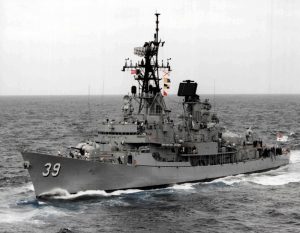
During these operations, HOBART and PERTH came under fire on numerous occasions. PERTH was hit once during her first deployment and HOBART was struck inadvertently in the dark of one night by missiles fired from a US Air Force aircraft. BRISBANE, during her first deployment, suffered a gunmount crippling inbore detonation of a faulty high explosive shell in the forward 5-inch gun barrel.
When not on typically month-long Gunline operations, the RAN destroyers were employed on escort duties with United States Navy aircraft carriers in the Tonkin Gulf or receiving ammunition, stores, food, spare parts and mail by underway replenishment from USN fleet train supply ships in the South China Sea. Periodic detachments were scheduled for routine one-week-long ship maintenance periods and ‘R & R’ in ports such as Subic Bay in the Philippines and Hong Kong and Singapore. In their five years’ service in the Vietnam War, the four Australian destroyers steamed over 397,000 nautical miles and fired 102,546 rounds of 5-inch and 4.5-inch ammunition amounting to some 2,800 tonnes of high explosive.
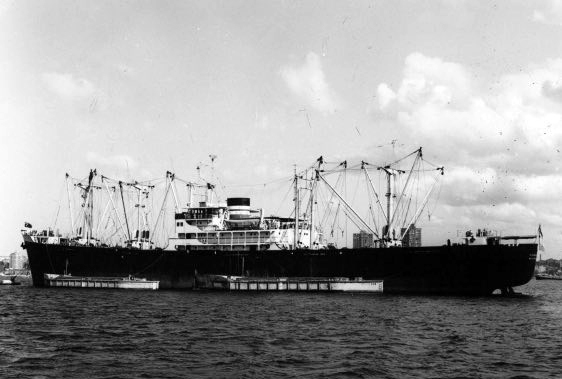
The RAN Fleet Air Arm, as a separate entity, was also actively and uniquely engaged in the war from late 1967 when the first contingent of the RAN Helicopter Flight Vietnam was integrated fully with the US Army’s 135th Aviation Company. Four contingents of the Flight served in Vietnam until June 1971, flying mainly in the Mekong Delta in support of ground operations, a hazardous business at the best of times.
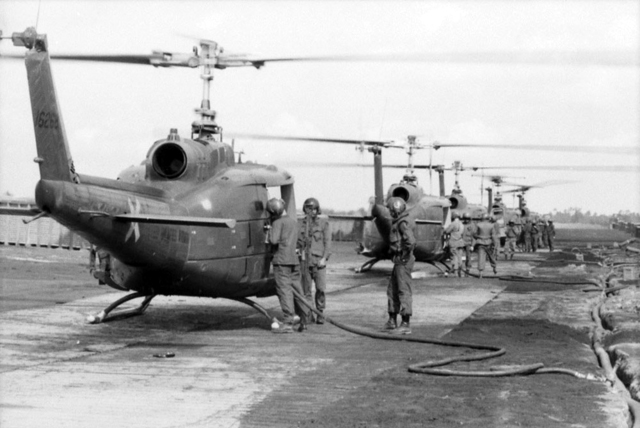
There were other, smaller, but no less important RAN contributions to the war effort in South Vietnam, such as Fleet Air Arm helicopter pilots serving with 9 Squadron RAAF at Vung Tau, detached medical officers in Australian and US military hospitals and liaison personnel in Saigon. Several sea transport officers were seconded from the Department of Shipping and Transport and commissioned into the Naval Reserve. Back home, a number of dedicated staff in Navy Office and Fleet Headquarters, and in the operational and training establishments, looked to the professional, military intelligence, logistic support and welfare needs of those personnel, ships and aircraft deployed to the war.
The return of HMAS BRISBANE to Sydney from her second deployment on 15 October 1971 marked the end of the RAN’s combat role in the Vietnam War. All told, some 2,800 naval personnel, all male and volunteers, saw active service in Vietnam. Of these, eight were killed while 15 received serious injuries. Eighty naval personnel were honoured with decorations and awards, the majority ‘mentioned-in-despatches’.
Today, Vietnam is united and at peace, but there was a time when we were adversaries of those who sought and gained that unification by a spectrum of ideological and military means. It was a complex and costly war, and the longest to that point fought by the United States and Australia.
To put it into one context, nine million men served in the US military during the Vietnam War, one third of whom went to the Vietnam theatre, and there has been little latter-day recognition of how brutal the war was for those who fought it on the ground. Those who believe the war was fought incompletely on a tactical level should consider Hanoi’s recent admission that 1.4 million of its soldiers died on the battlefield, compared to 266,000 Army of the Republic of Vietnam deaths and 58,000 total U.S. dead. Those who believe that it was a ‘dirty little war’, where the bombs did all the work, might contemplate that it was the most costly war the U.S. Marine Corps has ever fought; five times as many dead as in World War I, three times as many dead as in Korea, and more total killed and wounded than in World War 2.
Significantly, those sacrifices were made at a time when the United States, and to a lesser extent Australia, were deeply divided politically and societally at home over our military involvement in Vietnam, particularly after the Tet Offensive in 1968. Ask any surviving veteran who returned from that war. He will tell you all about that!




